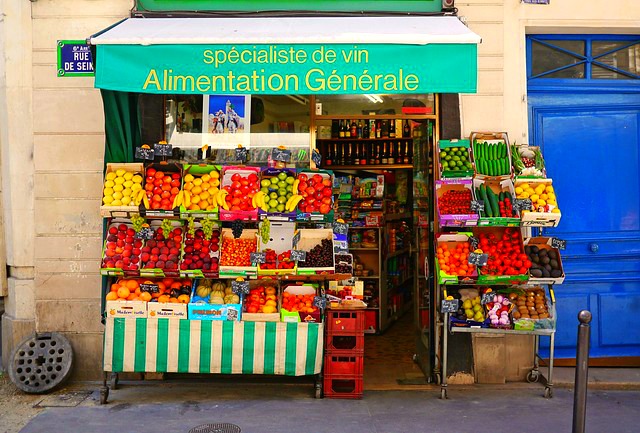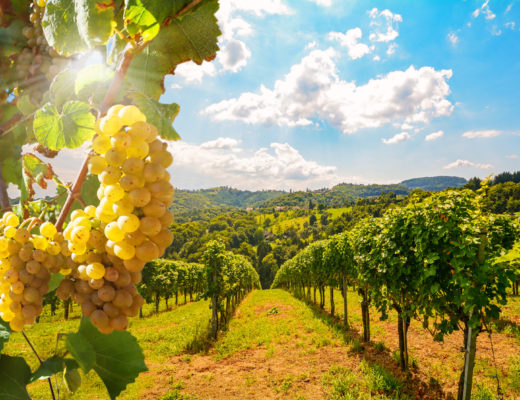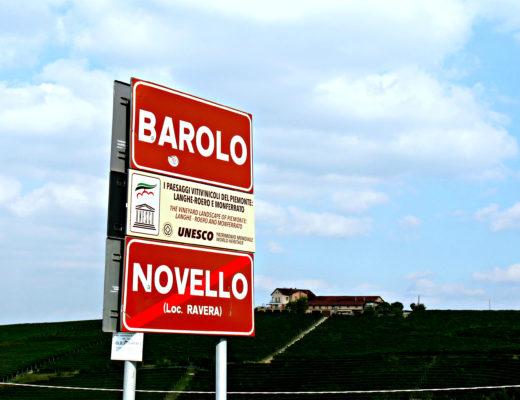France’s Loire Valley will always hold a special place in my heart. It’s an area in which I have lived and studied, and the region that first sparked my interest in wine. All of these things offer a valid explanation of why I can usually be spotted in the French aisle. The Loire Valley follows the central portion of the Loire River as it flows west to make its way to the Atlantic. A popular travel route for past French royalty, it has long since offered picturesque and relaxing scenery to the countryside from the more cosmopolitan vibe of Paris. Along the way are several premier wine AOC’s (Appellation d’Origin Contrôlée). Let’s be honest, kings and queens had very discerning tastes for great food, wine, and lodging, which is illustrated by the numerous gardens, vineyards, and impressive castles along the route. Offering a storied glimpse into the past, some of these AOCs are well known while others are discreetly tucked within the folds of the land.
The Loire Valley is divided into 5 regions. Literally starting from the center is Centre-Loire, followed by Touraine, Saumur, Anjou, and then ending with Pays Nantais closest to the coast. Within these regions we can find some popular AOCs that you will undoubtedly recognize from French wine labels. The majority of French wine labels state the place where the grapes are cultivated, but rarely list the type of grape on the front of the label. Therefore, it helps to know what grapes are traditionally grown within the regions. Some wine AOCs included within the Centre-Loire are Pouilly Fumé, Sancerre and Quincy. Pouilly-Fumé and Quincy typically only produce Sauvignon Blanc, while Sancerre produces a bit of Pinot Noir in addition to a lot of Sauvignon Blanc. So, if you’re drinking a white wine from any of these three areas, it’s a pretty good bet that you’re drinking Sauvignon Blanc.
Moving west through the Touraine region, some notable AOCs are Cheverny, Vouvray, Touraine, Chinon, and Bourgueil. Cheverny is mostly Sauvignon Blanc with a bit of Chardonnay and Pinot Blanc. Vouvray, on the other hand, is pure Chenin Blanc territory, and from dry to off-dry to sweet to sparkling, they produce almost every variation and style. The Touraine AOC cultivates a range of varietals, with a number of white wines based on Sauvignon Blanc and Chenin Blanc, and red wines made from Gamay and Cabernet Franc. Bourgueil is known for its reds and rosés made predominately from Cabernet Franc, while Chinon produces some great Chenin Blanc and Cabernet Franc as well.
As the tour continues towards the coast, the smaller region of Saumur makes its appearance. Housing the Saumur AOC, it produces Chenin Blanc and Chardonnay for its white wines and Cabernet Franc for the reds. We then move on to the Anjou region which includes Anjou, Bonnezeaux, and Savennieres. Anjou is known for Cabernet Franc, Cabernet Sauvignon, and Chenin Blanc, while Bonnezeaux is predominately Chenin Blanc, however, done in a style with more residual sugar to produce sweeter wines with balanced acidity. Sitting on the most western boundary of the Anjou region is Savenniéres, where we again see Chenin Blanc, this time just in a more dry, aromatic, and concentrated method. Finally we move into Pays Nantais, known mostly for the famous AOC of Muscadet. Muscadet cultivates the Melon de Bourgogne varietal to make its quintessential, seafood-pairing dry white wine using the AOC’s namesake.
In closing, are their more AOCs in the Loire? Yes. Do they produce a small percentage of other grape varietals than listed above? Yes. However, this is meant to be a quick reference of some of the most predominant wine growing areas and their subsequent informing varietals. Exploring the Loire Valley through wine is an educational and fun journey. If you haven’t tried wines from this area, I urge you to do so. And if you have, it could be time for a revisit.




